The Pros and Cons of Samsung Galaxy Tab S11 Ultra 5G
Samsung launched the Galaxy Tab S11 Ultra 5G flagship tablet together with the Galaxy Tab S11 in September 2025. This device immediately took the top spot in Samsung’s tablet lineup, supported by an “ultra” price tag.
The Galaxy Tab S11 Ultra doesn't compete with mid-range tablets but is designed to rival premium thin laptops. It’s a bold move that targets professionals and content creators alike.
However, with a laptop-level price, does this tablet deliver real value and performance? Let’s take a closer look at its strengths and weaknesses below.
Pros of Samsung Galaxy Tab S11 Ultra
As a premium tablet, expectations are essentially high for Galaxy Tab S11 Ultra. Let’s explore some of its main pros.
1. Dynamic AMOLED 2X Display
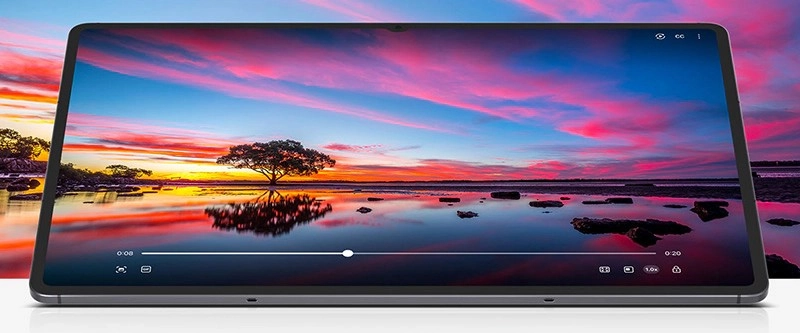
The most striking feature of the Galaxy Tab S11 Ultra is its display. It uses a 14.6-inch Dynamic AMOLED 2X panel with a resolution of 2960 x 1848 pixels and an adaptive 120Hz refresh rate. Every movement looks fluid, and HDR10+ support delivers vivid, lifelike colours.
The brightness level is another major improvement. The screen reaches up to 1000 nits in high brightness mode and peaks at 1600 nits. This makes outdoor use or bright lighting conditions much easier on the eyes. The anti-reflective coating also helps reduce glare effectively.
Samsung chose a 16:10 aspect ratio, which works naturally for watching movies or series. It reduces the black bars (letterboxing) often seen on squarer screens like the iPad Pro’s.
Its large size creates a “private cinema” experience that most tablets can’t match. This is not just about making a bigger screen. Samsung is leveraging its expertise in AMOLED display manufacturing to produce something that competitors will struggle to replicate.
The 16:10 ratio was a deliberate design decision to enhance the viewing experience. As a result, Samsung didn’t just make a large tablet but a portable cinematic device with a strong identity in the market.
2. Excellent Performance with MediaTek Dimensity 9400+
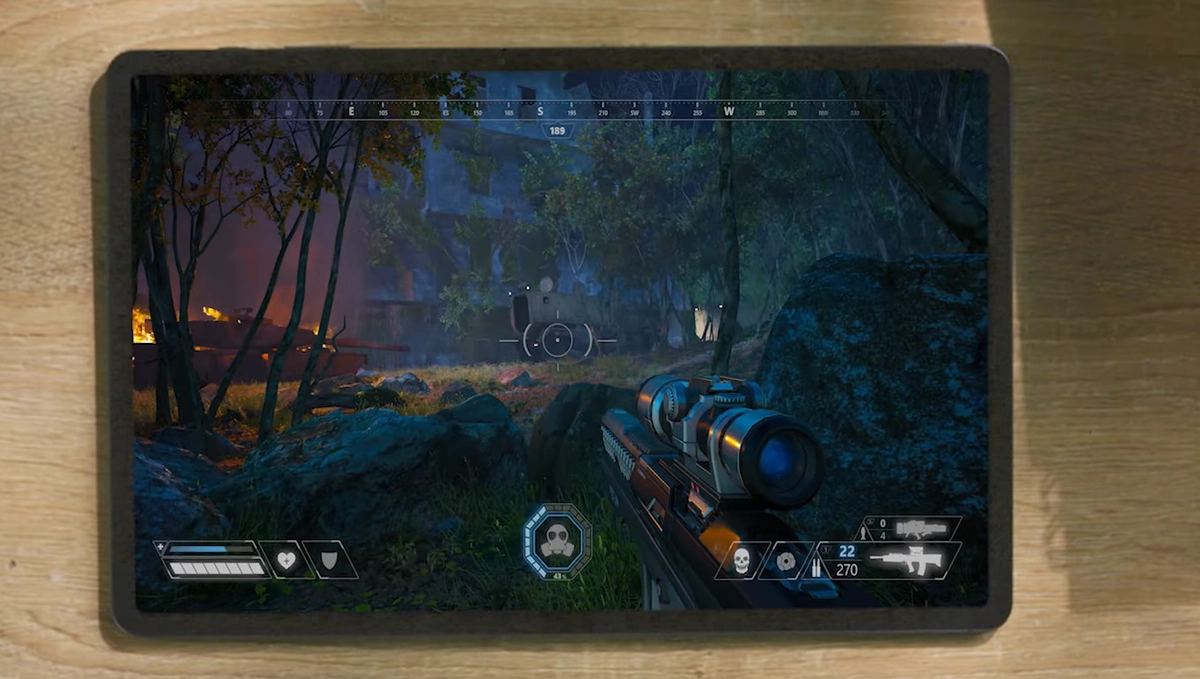
Under the sleek design, the Galaxy Tab S11 Ultra runs on the MediaTek Dimensity 9400+ chipset built on 3nm fabrication. It comes with 12GB of LPDDR5X RAM and ultra-fast UFS 4.0 storage. This combination ensures solid performance and smooth multitasking, even when running demanding apps.
According to PCMag’s benchmark results, the tablet performs very competitively. While its CPU score is still below the Apple M4 used in the iPad Pro, its GPU (Immortalis-G925) managed to outperform the iPad Pro in the GFXBench Aztec Ruins graphics test.
Benchmark Comparison (PCMag):
| Test | Galaxy Tab S11 Ultra (Dimensity 9400+) | Apple iPad Pro (M4) | Galaxy Tab S10 (Dimensity 9300+) |
| Geekbench 6 (Single-Core) | 2.773 | 3.679 | 2.072 |
| Geekbench 6 (Multi-Core) | 9.091 | 14.647 | 7.242 |
| GFXBench Aztec Ruins (fps) | 66 | 60 | 55 |
These results show that the chipset is powerful enough for real-world use. Heavy games like Asphalt Legends run smoothly at the highest graphics settings without frame rate drops.
Samsung’s choice to use the MediaTek Dimensity 9400+ chipset is a smart one. It delivers excellent performance at a potentially lower cost compared to its main rival, Qualcomm.
3. Long Battery Life

To balance the large screen and powerful performance, Samsung equipped the Galaxy Tab S11 Ultra with an 11,600mAh battery, a slight increase from its predecessor.
Despite powering a big, bright display and a high-performance chipset, the tablet’s 3nm processor delivers impressive efficiency. In GSMArena’s Active Use Score test, it lasted 13 hours and 25 minutes, ranking among the best tablets tested.
PCMag’s continuous video playback test showed similar strength, recording 11 hours and 10 minutes of endurance. This result clearly surpassed the Tab S10 and iPad Pro under the same conditions.
These results show that the Galaxy Tab S11 Ultra is a dependable companion. It easily supports a full day of work or long entertainment sessions without users worrying about running out of power.
4. Premium Design with IP68 Durability
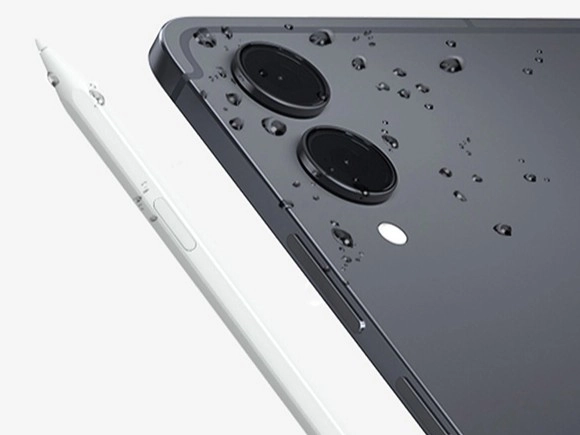
The Galaxy Tab S11 Ultra impresses with its slim and elegant design. Measuring only 5.1mm thick, it's even thinner than most smartphones. The body features a unibody chassis made from Enhanced Armor Aluminium for a refined and durable finish.
The standout feature, however, is the IP68 certification. This rating means the tablet is resistant to dust and water, a feature rarely found in tablets. It provides peace of mind when using the device in places like the kitchen or near a pool.
Still, the thin design comes with a trade-off. According to Notebookcheck.net, the chassis can flex slightly and make a faint creaking sound when twisted with force.
This shows that Samsung’s pursuit of visual elegance and the title of “thinnest tablet” may have slightly reduced structural rigidity. While the tablet still feels premium overall, the subtle flex raises questions about its long-term durability, especially considering its high price point.
5. Immersive Audio Quality
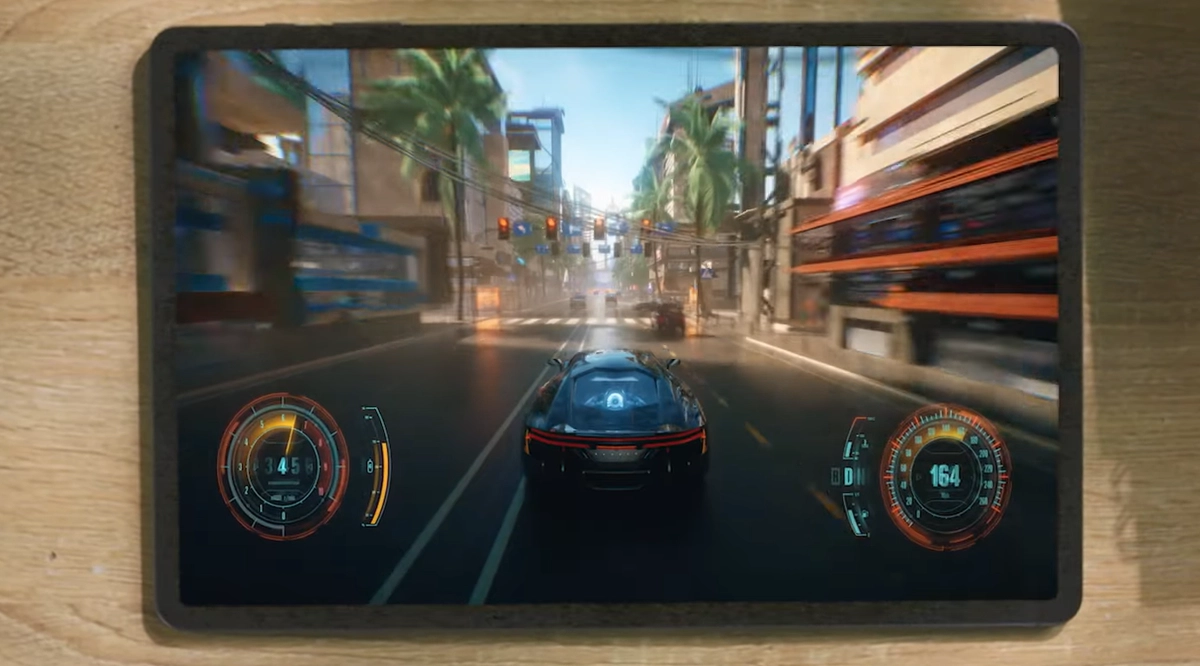
To match its display, the Galaxy Tab S11 Ultra features a four-speaker stereo system. The sound quality is excellent and has received high praise from reviewers.
Notebookcheck.net described the audio output as “good” and “well-balanced,” with surprisingly high volume levels. GSMArena also praised the loudspeaker performance by calling it “excellent.”
This impressive audio quality works perfectly with the tablet’s large screen. The combination creates an immersive entertainment experience that strengthens the Galaxy Tab S11 Ultra’s reputation as a powerful personal media device.
6. Productive Software with Galaxy AI

The Galaxy Tab S11 Ultra runs on Android 16 with Samsung’s latest One UI 8 interface. The user experience is enhanced by Galaxy AI features such as Gemini Live, Drawing Assist, and Writing Assist.
Samsung DeX is also available to allow the tablet interface to switch into a desktop-like environment. With full multi-window support, this feature turns the Galaxy Tab S11 Ultra into a strong productivity device.
Another highlight is Samsung’s seven-year software update guarantee. This long-term commitment ensures security and access to the latest features for years. This is quite a rare benefit in the Android ecosystem.
This approach reflects Samsung’s strategy to address one of Android tablets’ long-standing issues, that is the lack of optimised apps. Instead of waiting for the entire Android ecosystem to improve, Samsung builds additional value through its own features.
Samsung DeX, for instance, allows mobile apps to run in a more functional desktop layout. This effectively minimises the limitations of apps that are not fully optimised for large screens. It’s a smart and practical solution to one of Android’s biggest challenges.
7. 5G Support and the Return of the MicroSD Slot
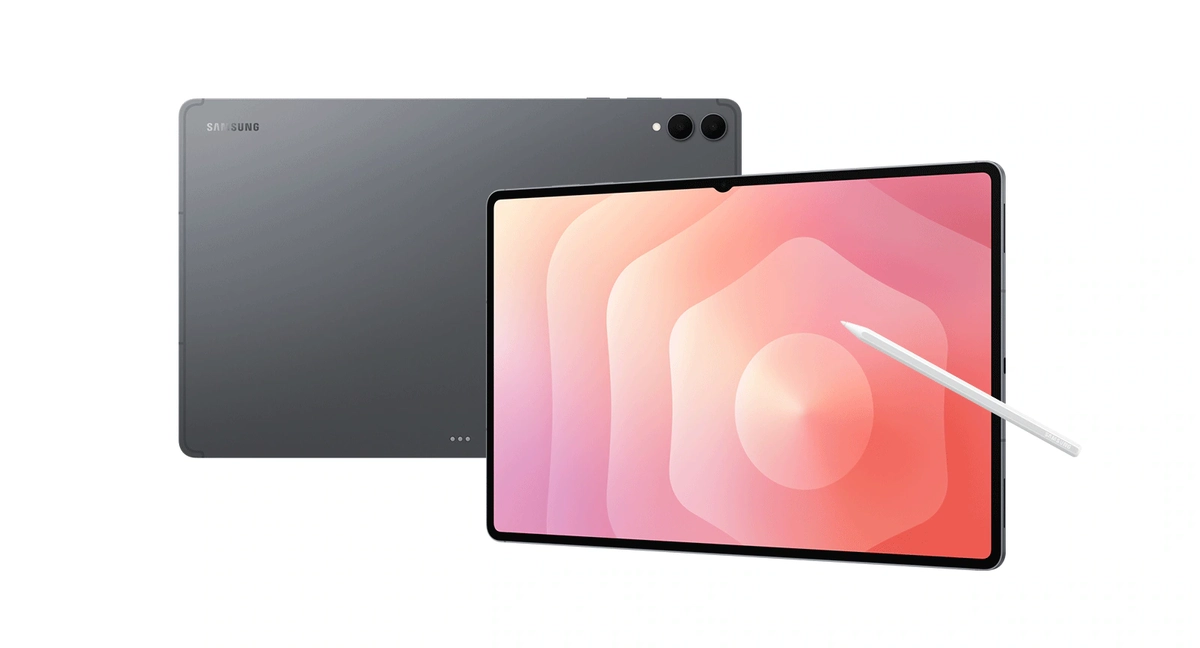
The Samsung Galaxy Tab S11 Ultra comes with the latest connectivity standards. It supports Wi-Fi 7, Bluetooth 5.4, and 5G networks. The USB-C 3.2 port also allows fast data transfer.
The most appreciated feature, however, is the return of the microSDXC card slot. This slot lets users expand storage up to 2 TB.
This feature gives the Galaxy Tab S11 Ultra a strong edge over the iPad lineup. For professionals and creators, it provides a more affordable way to store large files without paying extra for higher internal storage models.
8. Improved S Pen Included in the Box
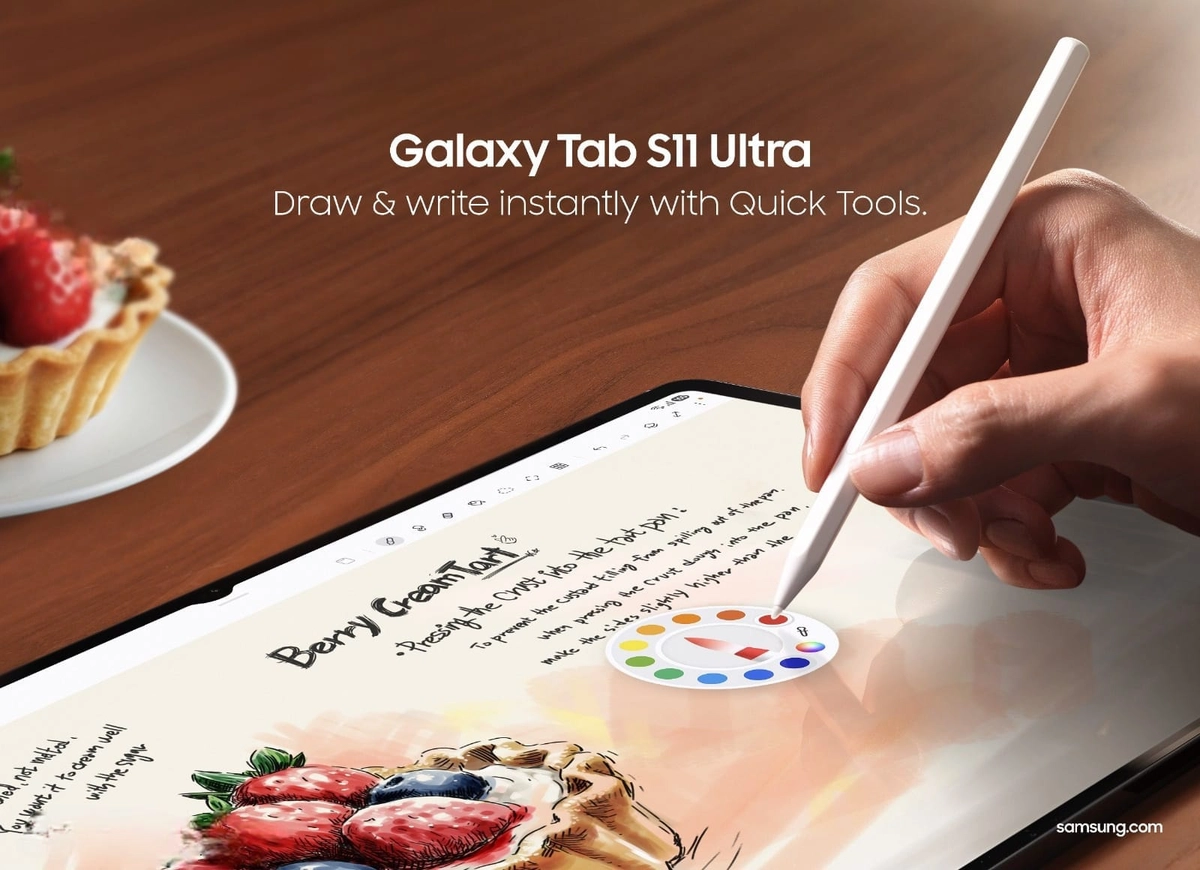
Samsung continues its commitment to value by including the S Pen directly in the Galaxy Tab S11 Ultra box. This new S Pen has been redesigned with a conical tip and a hexagonal body that improves comfort and grip control.
Samsung also claims it to be the S Pen with the best tilt sensitivity yet. This feature is especially useful for digital artists who use tilt functions to create realistic shading and brush effects. Overall, these improvements provide a better drawing and writing experience right from the start.
Cons of Samsung Galaxy Tab S11 Ultra
Despite its premium price, the Samsung Galaxy Tab S11 Ultra is not without flaws. There are several drawbacks that potential buyers should consider.
1. No Bluetooth Feature on the S Pen
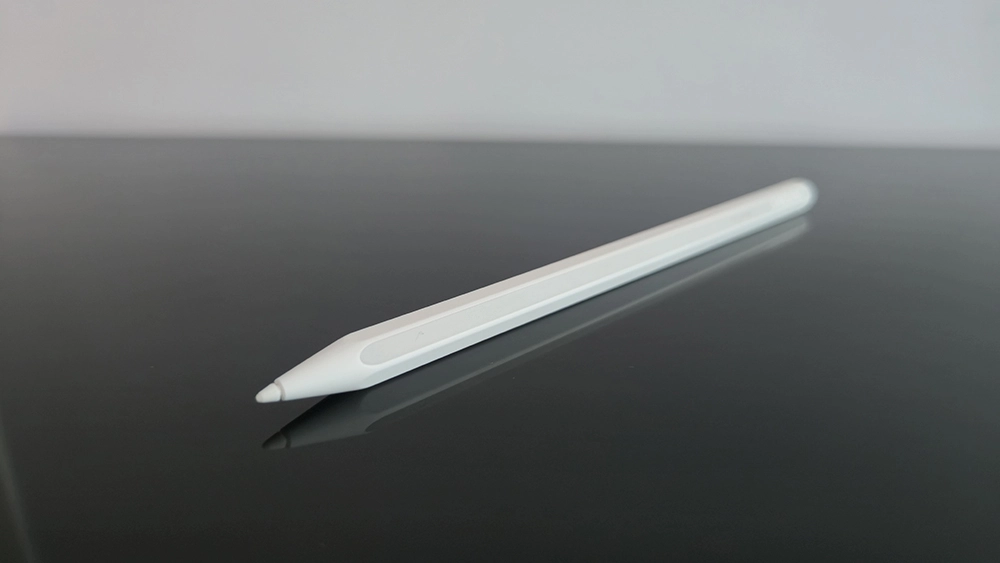
One of the most disappointing aspects of the Galaxy Tab S11 Ultra is the removal of Bluetooth connectivity on the included S Pen.
This decision eliminates smart features such as Air Actions, which previously allowed users to control presentations, take photos remotely, or manage media playback. The distance alert function that notified users when the S Pen was left behind is also gone.
Without Bluetooth support, the S Pen is now just a regular stylus. For a device in the “Ultra” category and sold at a premium price, this is a significant step backward.
Samsung likely made this move for practical reasons. The company may have concluded that only a small number of users rely on Air Actions. Removing Bluetooth, along with the battery and charging components inside the S Pen, reduces production costs and simplifies manufacturing.
In short, Samsung decided to focus on the S Pen’s core purpose (writing and drawing) while cutting costs. Still, this change feels like a downgrade to many users.
2. Incomplete sales package

The inclusion of the S Pen is indeed a plus. However, the rest of the Galaxy Tab S11 Ultra’s sales package feels incomplete. Essential accessories like the keyboard must be purchased separately, which is disappointing for a product at this price level.
Samsung also no longer includes a charger head in the box, even though the tablet supports 45W charging. Unfortunately, 45W charging feels slow for a large 11,600mAh battery. According to GSMArena’s test, a full charge takes about 95 minutes, while 30 minutes of charging only brings the battery to 38%.
This speed lags behind competitors in the Android market. The Xiaomi Pad 6S Pro 12.4 can be fully charged in 38 minutes with a 120W charger, while the Huawei MatePad Pro 12.2 (2025) takes just 57 minutes.
Users have also complained about long charging times in previous models. For professionals who rely on their devices throughout the day, this slow charging time can be frustrating.
3. Less Optimized Screen Design
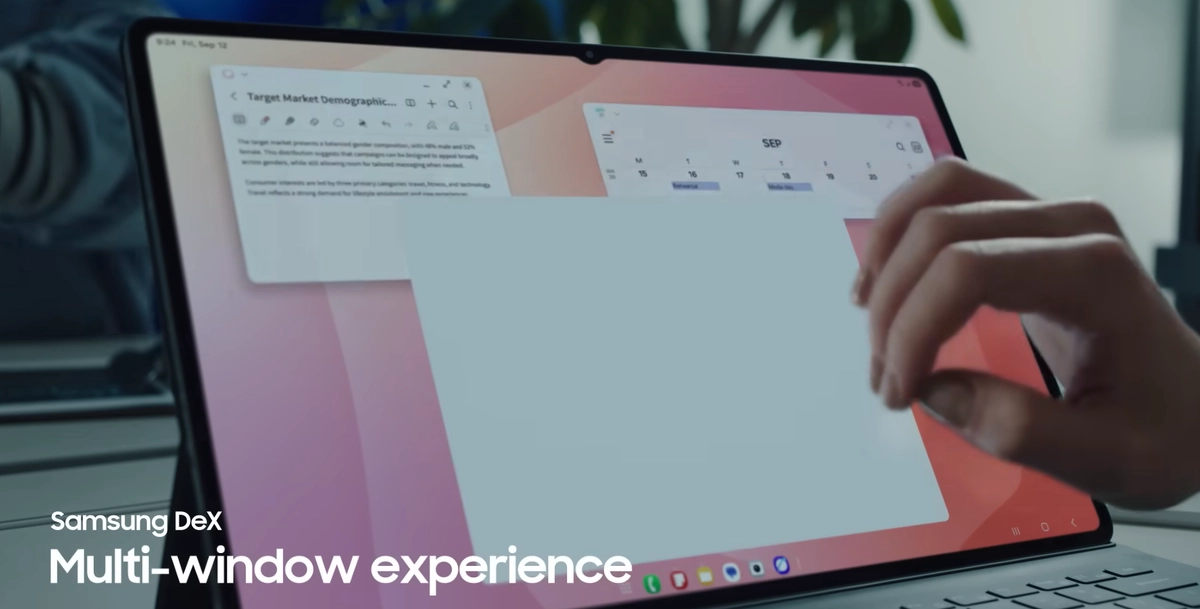
The Galaxy Tab S11 Ultra uses a notch design on the top of its display to house the front camera. This decision has drawn criticism from users who find it unnecessary.
The bezel area on the tablet is still wide enough to fit a camera without cutting into the screen. While some reviewers eventually got used to the notch, it remains an aesthetic drawback that could have been avoided.
The large screen is visually stunning, but its size affects weight and practicality. With dimensions of 326.3 x 208.5 mm and a weight of nearly 700 grams, the tablet feels heavy and less portable.
It works best on a table or lap, like a laptop, rather than for long handheld use such as reading or browsing. Its size limits mobility and makes it less flexible for daily use.
Conclusion
Honestly, Galaxy Tab S11 Ultra is a true showcase of Samsung’s innovation. It stands as one of the most powerful Android tablets available, featuring a 14.6-inch Dynamic AMOLED 2X display, the Dimensity 9400+ chipset, and excellent battery endurance.
Features like the IP68 rating and a seven-year update guarantee make it even more appealing on paper.
However, its premium status also comes with trade-offs. The slower charging, downgraded S Pen, and limited box contents make it less convenient than expected. Its large size and weight may also lead some users to prefer a thin, lightweight laptop instead, especially considering its US$1.1315 price tag.
Still, for those who prioritize display quality, performance, and long-term support, this tablet could be a perfect fit. Are you one of them?
